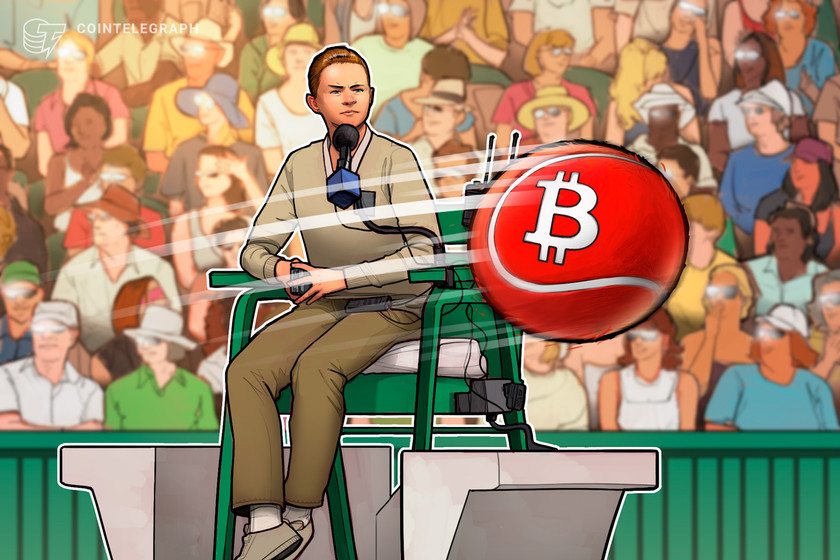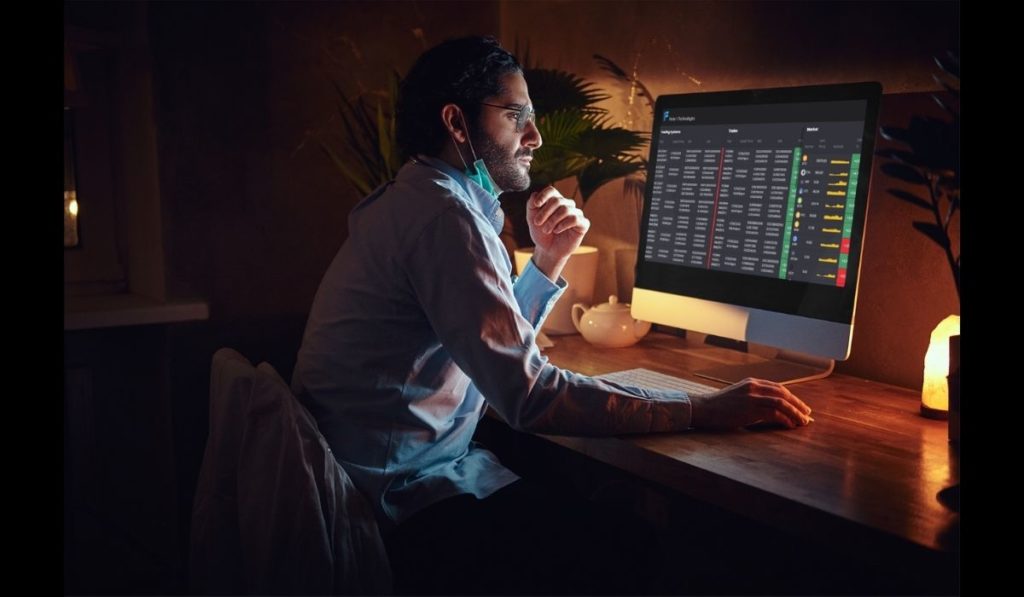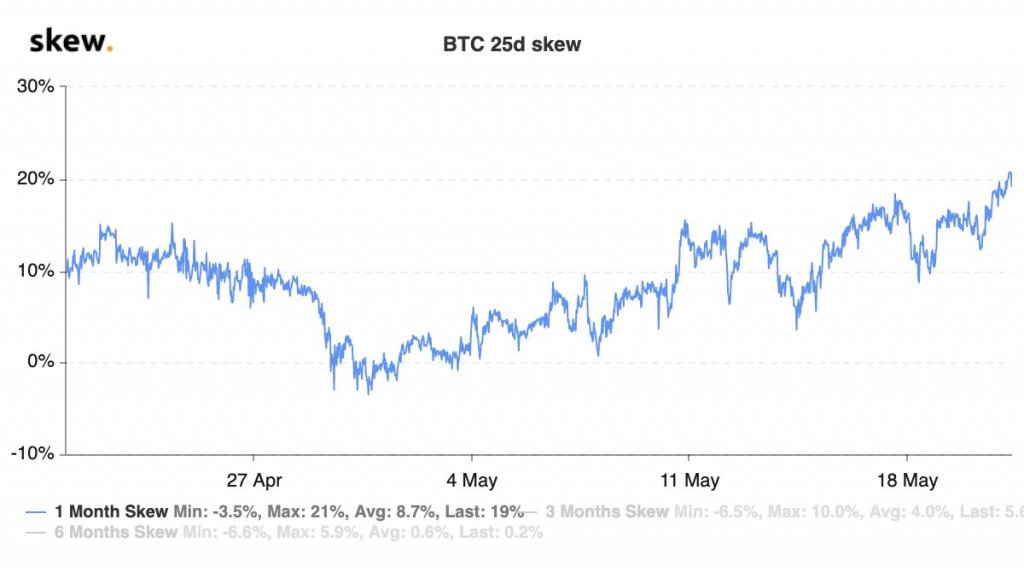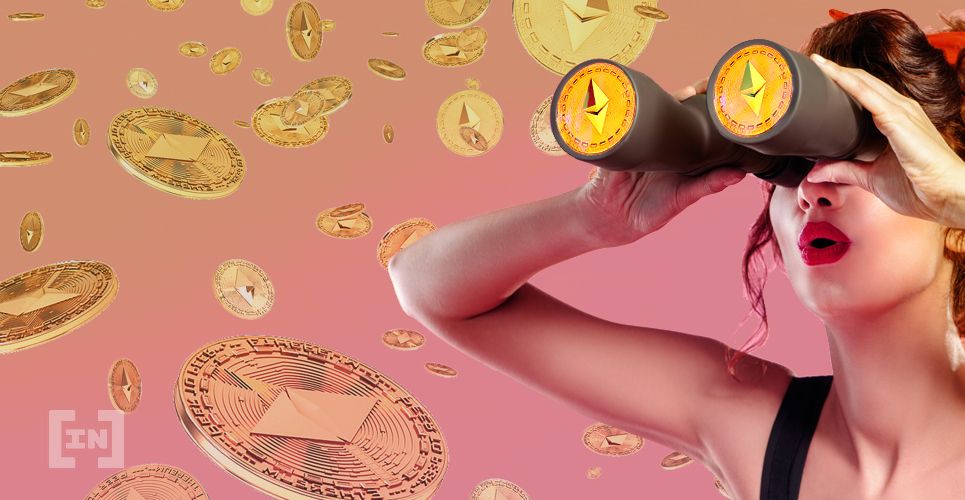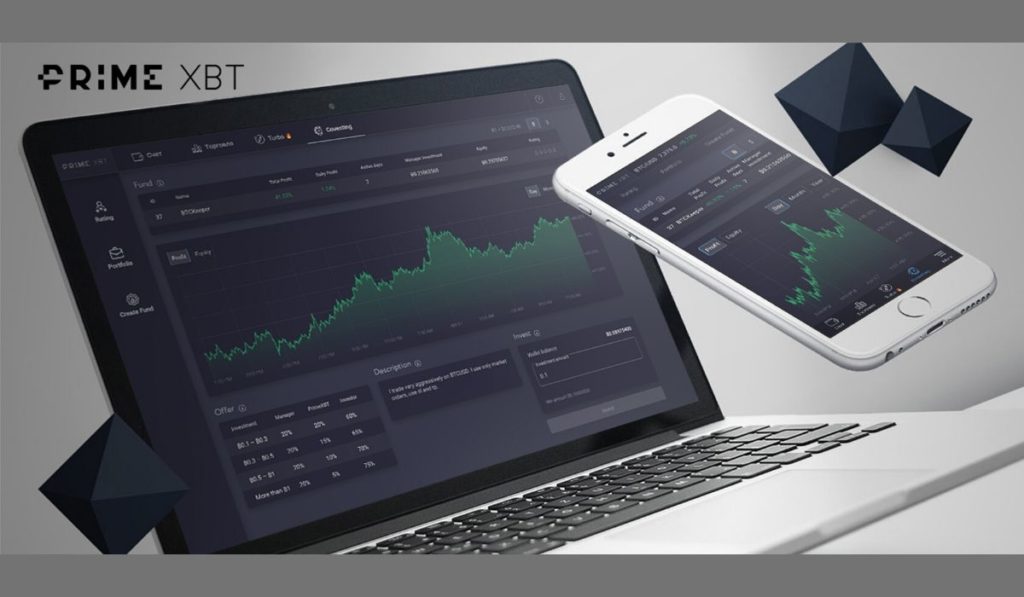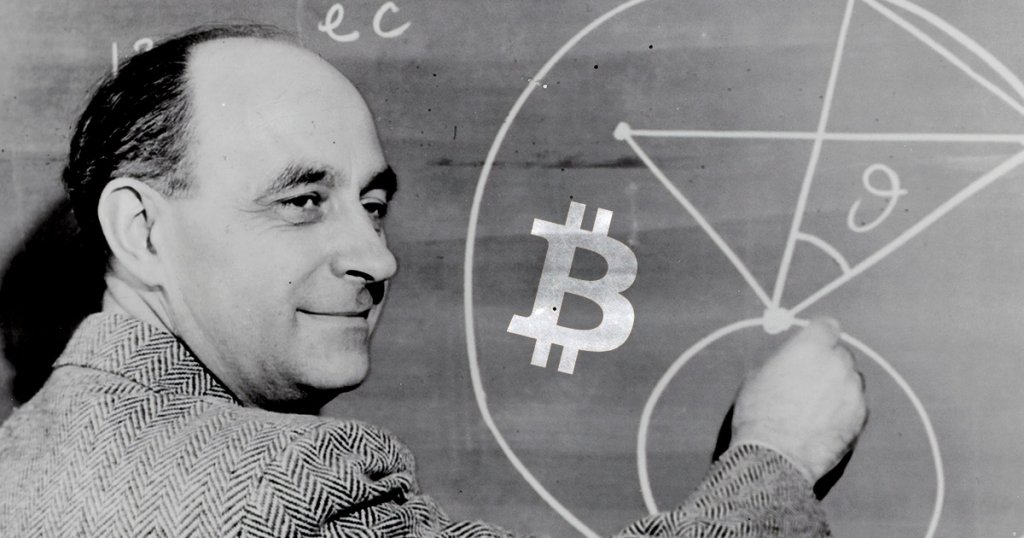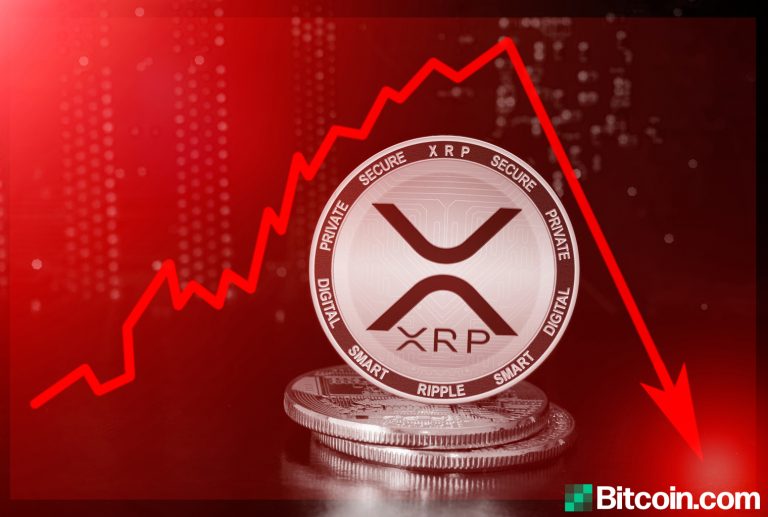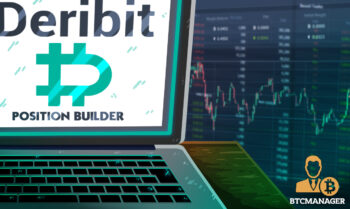2021-5-20 13:49 |
Binance Margin trading allows traders to open crypto positions by borrowing funds. It also allows traders with more capital available to leverage their positions. So thanks to margins traders can see bigger trading results on their profitable positions. And what is essential to remember, and many retail investors, unfortunately, do not is that you will be of course also taking more risk.
On the other hand, future contracts are a binding agreement to buy or sell the asset they represent for an already predetermined price in the future. Traders that are trading futures, will participate in the market by either being a long or a short on a futures contract. On Binance you will find contracts divided based on their delivery dates, so the date you have theoretically to either buy or sell the asset. These are usually quarterly or perpetual futures contracts,
Both margins and futures contracts allow traders to see bigger profits with the use of leverage. Which of course also means that you will be in both cases take a bigger risk. There’s often some confusion among retail investors who only focus on real asset trading about how exactly they work. The difference between these two often confused financial products can look complicated sometimes, but it isn’t and that’s what we’ll be looking at today. So let’s hop right in, shall we?
Buying and sellingMargin Traders buy and sell, so place an order on what is known as the spot market. The spot market is in simple terms the market where assets and financial instruments such as commodities, currencies, and securities are traded instantly, on the spot. So all margin orders are spot orders.
While futures contracts are traded in the derivatives market. The trading of a futures contract is based on the deliverance of an asset on a future date. Futures contracts are not traded on the spot, they are basically speculation on the future price of the underlying asset. Therefore margin trading and futures contract trading is done on two different markets.
Binance Futures launched much later than its main competitors such as BitMex, ByBit or Deribit; but it quickly took over the top spot among the top crypto derivative exchanges. Interestingly, FTX exchange is on a similar trajectory and is gaining huge popularity among crypto traders, especially thanks to its perceived immaculate ethos and support for original cypherpunk ideology.
LeverageBinance provides margin traders with access to 3 to 1 to 10 to 1 leverage on their platform. The multiplier you as a margin trader would have access to is based on whether you are using what is known as an isolated margin or a cross margin.
Let’s explain that further. An isolated margin the margin allocated to one, individual position. It is used by traders to better manage their risk, by restricting how much is allocated to each one of your positions. Binance traders will be able to individually manually manage and adjust it.
So in the unfortunate eventuallity, your entire trading position is liquidated and you are using Isolated Margin mode you’re only going to lose the Isolated Margin balance.
Let’s explain it with an example. Giada opens a long position of $1000 with a 10x leverage. Her isolated margin position is $100. This means that even if her margin balance is $3000, she cannot lose more than $100 in the event of liquidation.
The other type of margin trading is called cross margin. With this mode, your entire balance is share with all the positions you own. The difference with isolated margin is that the trader is at risk if things turn south and he gets liquidated to lose the entire margin balance, and also any other open position.
Cross margin is usually the default option, as it is more straightforward and easily understood even by novice traders. The isolated margin option is best used by more advanced traders who are looking for riskier and speculative trades.
Futures contracts on the other do not have this sort of limitation. Binance allows traders to use leverage up to 125 to 1. But keep in mind that some countries forbid leverages that high.
Read also:
Binance Staking Review – How to Stake Coins on Binance?Binance Coin (BNB) Price PredictionBinance Tax Calculators – 3 Steps to Calculate Binance TaxesBest Wallets for Binance Coin (BNB) – Beginner’s GuideBinance Crypto Debit Card Review – When Do We Get It?Binance Alternatives & CompetitorsBinance Earn Review – How To Use Binance As a Savings Account? Risk managementBinance allows for both the futures and margin options trade and to easily switch between the cross and isolated margin modes. This way traders can manage their risk by spreading to a cross position or take a bigger risk by using an isolated margin.
Trading FeeBinance Margin automatically calculates the interest on your loan, be it the funds you borrowed to trade. The platform will show us the interest rates for the next hour, and traders repay the loan when it’s all done and dusted. So if you are using a Binance Margin account, make sure to have sufficient funds in it to avoid being liquidated. There are a lot of horror stories about that sort of eventuallity.
With futures, it works differently. Traders use margin as collateral, which essentially means you won’t have to repay it. But be sure that the collateral they offer is sufficient.
But both trading margins and futures contracts come with a trading fee. The margin trading fee is the spot’s fee. Fortunately, neither of them is very high.
We should also point out that there’s a significant price difference depending on if you are investing in a perpetual or quarterly future. With perpetual futures, the funding rate causes some sort of closer convergence between the contract and the asset it covers. But keep in mind that perpetual futures are the only ones that charge funding rates.
So which is better?The answer here is, well it depends. It has to be said though that most crypto traders prefer margin trading to futures contract trading. The reason is probably the bigger risk factor of futures. Traditional commodities and stocks do not fluctuate wildly like the crypto market, which is known for its volatility. It does even matter if it’s Bitcoin or any other smaller altcoin the volatility will always be there, which in turn means that it’s extremely difficult to predict any future price.
The price rises and falls drastically from one day to the next. Just to put this concept into perspective, let’s use a recent example. In March, Bitcoin fell more than 10% in a matter of days and then rebounded back 15% less than a week later. It is not hard to understand why pricing your futures can be a challenging task in such an unpredictable market.
In a market so volatile prediction of prices is a risky game, and you don’t want to play risky games with your money, do you? Or if you do you should at least do it right. Which is why most traders prefer margin trading.
Margin trading is still risky of course but crypto traders prefer it because they find it gives them more control. A trader can engage in this form of trading within a short timeframe and sell at the right moment when the price increase. Because as I said before margin trading is done in the spot market.
It both reduces risk and gives traders more freedom and control over their investment, offering an easy way to sell as a solution to problems that could come up.
Margin or future trading when trading crypto both come with the possibility of an unexpected event that could crush your investment. The “crazy” crypto market is full of opportunities as well as dangers. The unpredictability factor can be a curse as well as a blessing, the cryptocurrency can also make traders in particular the ones using margin insane amounts of money. Prices in a Bull Run can go up thousands of percentage points, which of course lures traders in. And sometimes ends in heartbreaking losses.
So in conclusion, which one is better? I’d personally go with margin trading. The risk is of course still there but traders can manage it better. It allows for more control over your finances, due to it being traded on the spot market. The upside is simply a lot bigger in my opinion, due to how easier it is to capitalize, even more in the staggering Bull Runs we see with cryptocurrencies like Bitcoin.
But if on the other hand you already an experienced future contracts trader then you could consider crypto futures. Speculating on the future price of the underlying asset is not for everybody, but if that is your cup of tea, go for it. Of course, crypto prices are extremely volatile so you really should be confident in your abilities and maybe even a little lucky.
In either way, please do your research. And I cannot stress this enough. Too many traders go into any market and in particular the crypto market investing margin or throwing their money at futures hoping for a big payday, without knowing anything about how it works. And of course, end up losing it all. So please don’t be like them, and never invest what you cannot afford to lose.
The post Binance Margin vs Futures: What is The Difference? appeared first on CaptainAltcoin.
origin »United Traders Token (UTT) на Currencies.ru
|
|
